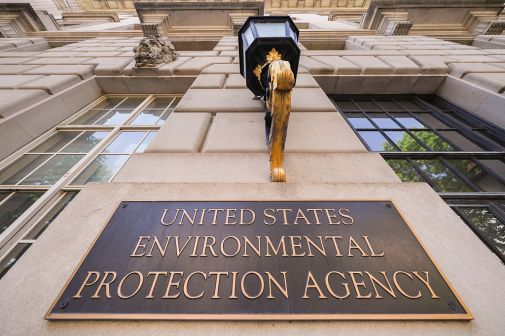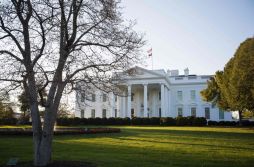OPM issues generative AI guidance, competency model for AI roles required by Biden order

Guidance on generative AI and a competency model for AI roles are among the latest actions that the Office of Personnel Management has completed under President Joe Biden’s executive order on the technology, an agency spokesperson said.
In a statement provided to FedScoop ahead of the Monday announcement, OPM disclosed it would issue guidance on use of generative AI tools for the federal workforce; a competency model and skills-based hiring guidance for AI positions to help agencies find people with the skills needed for those roles; and an AI competency model specifically for civil engineering.
All of those actions were among those the agency was required to complete at the 180-day mark of the October executive order, which would have been over the weekend. The spokesperson also noted that the agency established an interagency working group for AI, as required by the order.
OPM was given multiple actions under the sweeping order, most of which were aimed at helping agencies attract and retain a federal workforce prepared to address AI. That role is important as the government is working to rapidly hire for 100 AI positions by this summer. The latest actions from OPM give federal agencies a better roadmap for hiring workers in those positions.
They also add to OPM’s existing work under the order, which has included authorizing direct hire authority for AI-related positions and outlining incentives for attracting and retaining AI workers in the federal government.
Notably, OPM’s action on the responsible use of generative AI comes as agencies across the government have been developing their own unique approaches to those tools for their workforces. Those policies have ranged from banning the use of certain third-party tools to allowing use across the workforce with guidelines.
The OPM guidance, which was posted publicly Monday, outlines risks and benefits of the technology along with best practices for implementing it in work.
Though it ultimately directs employees to consult their agency’s policy, the guidance provides examples of uses and specific considerations for those uses, such as summarizing notes and transcripts, drafting content, and using generative tools for software and code development.
“GenAI has the potential to improve the way the federal workforce delivers results for the public,” the guidance says. “Federal employees can leverage GenAI to enhance creativity, efficiency, and productivity. Federal agencies and employees are encouraged to consider how best to use these tools to fulfill their missions.”
Under the order, OPM was required to create that guidance in consultation with the Office of Management and Budget.
In addition to the competency models and guidance, the OPM spokesperson also disclosed that the agency issued an AI classification policy and talent acquisition guidance. While those actions support the rest of OPM’s work, they weren’t required by Biden’s executive order but rather the 2020 AI in Government Act. The spokesperson described those actions as addressing “position classification, job evaluation, qualifications, and assessments for AI positions.”
OPM is seeking feedback on that policy and guidance in a 30-day comment period ending May 29.
This story was updated April 29, 2024, with additional information and links from OPM released Monday.






